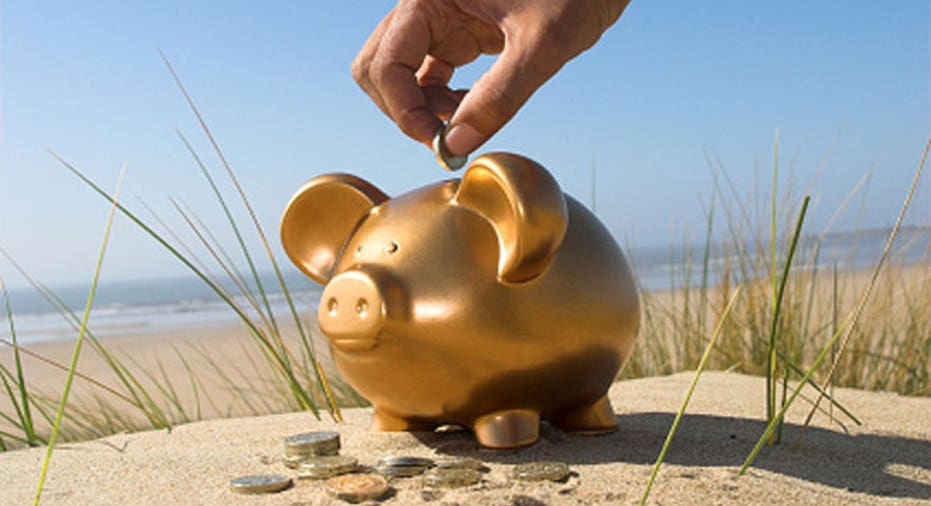Saving vs. Spending: The Shift in Personal Finances

The economy’s nose dive in 2008 did more than spur more Americans to save up for a rainy day: it shifted their financial priorities.
According to new research from Gallup, more Americans now say they prefer saving instead of spending.
Increased savings and a drop in spending might be good news for Americans’ personal finances, but it might not be as beneficial for the economy. After all, close to two-thirds of the country’s GDP stems from consumer spending.
Gallup editor-in-chief Frank Newport says the poll taken in December focused on participants’ perceptions of themselves and their spending and saving habits. He says taking this approach better shows people’s shift in behaviors.
“We looked at people’s perception of these behaviors, which is important, because it can affect behavior.”
The poll’s findings also suggest a long-term realignment in some behaviors starting to take hold. Referring to a segment of participants who claim they’ve been spending less in recent months, Newport says "We may have reached a new normal.”
About 40% of the poll’s respondents report they’ve been spending less in recent months than they used to, versus 30% who are spending about the same. The 40% is down from the immediate post-recession period, when 57% of respondents to the same 2010 Gallup poll said they were spending less at that time.
Of the 40% that say they are spending less, about a third classified their current thriftiness as a “new normal.”
“Since 2008, we’ve seen a ratcheting up in the number of people saying saving is what I desire,” Newport says. “That’s important, because it can affect behavior.”
Robert Trimm, chief investment officer for Legacy Wealth Management in Memphis, says other data appears to support the financial shift. He adds that debt-service payments as a percentage of disposable income, for example, are currently at a 30-year low.
“This data indicates individuals remain risk-averse and are not willing to take on new debt. A good percentage of the increase in consumer debt lately has been in the form of student loans.”
If consumers had more of an appetite for risk, Trimm says, the makeup of consumer loans would be different – with fewer student loans, for example, and more money borrowed for consumer and durable goods.
On the savings side, Gallup’s poll found 62% of Americans saying they prefer saving, with 33% preferring spending. Before 2008, the split was more evenly divided .
According to Newport, the findings show men are somewhat more likely to say they enjoy saving compared to women. Republicans, Gallup found, are more likely than Democrats to say they enjoy saving to spending (62% to 35%). Compared to Republicans, meanwhile, a greater percentage of Democrats said they enjoy spending (40%), and a smaller percentage said they enjoyed saving (57%).